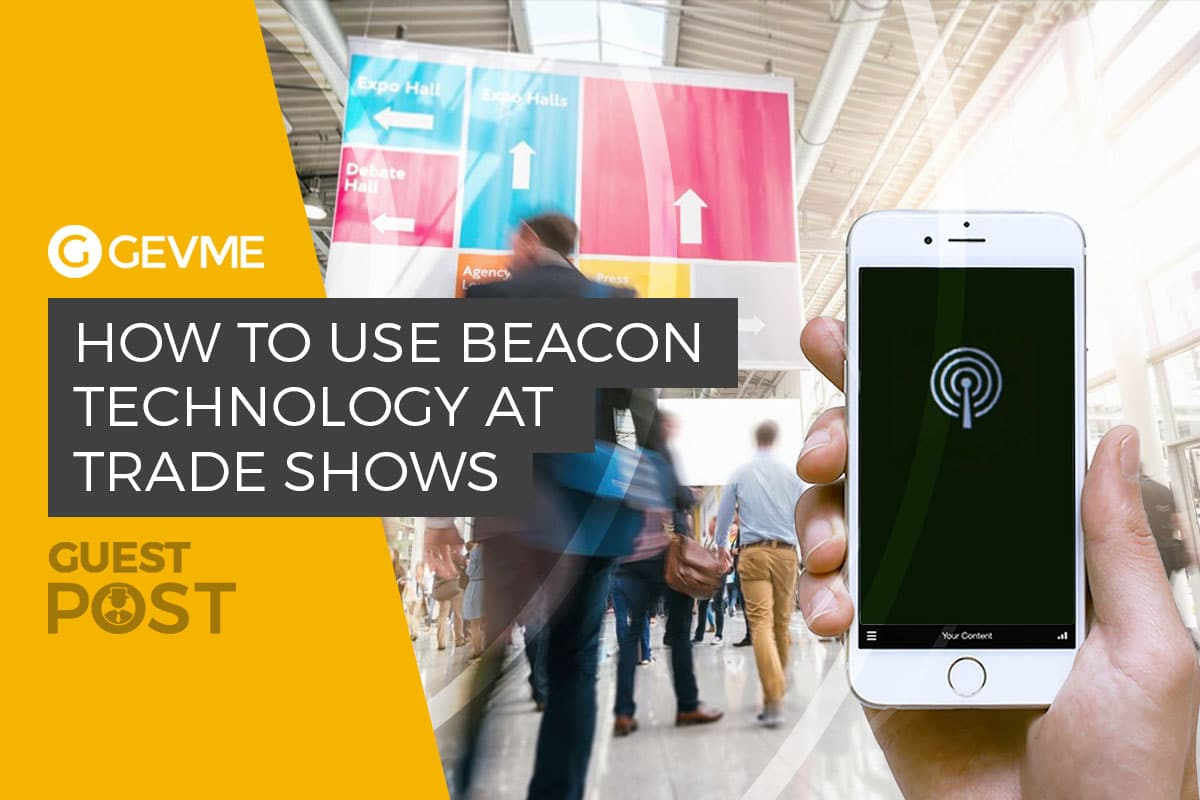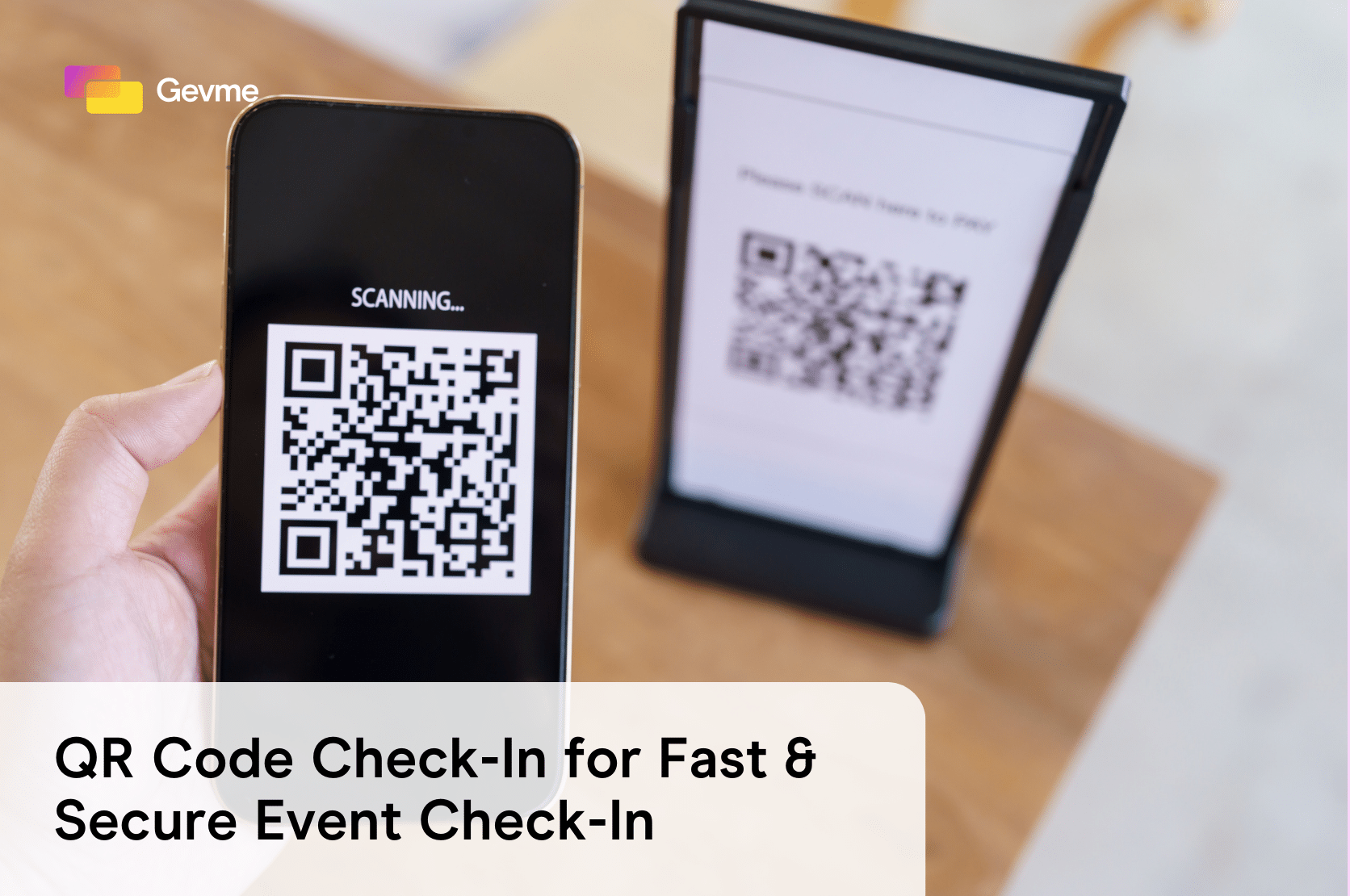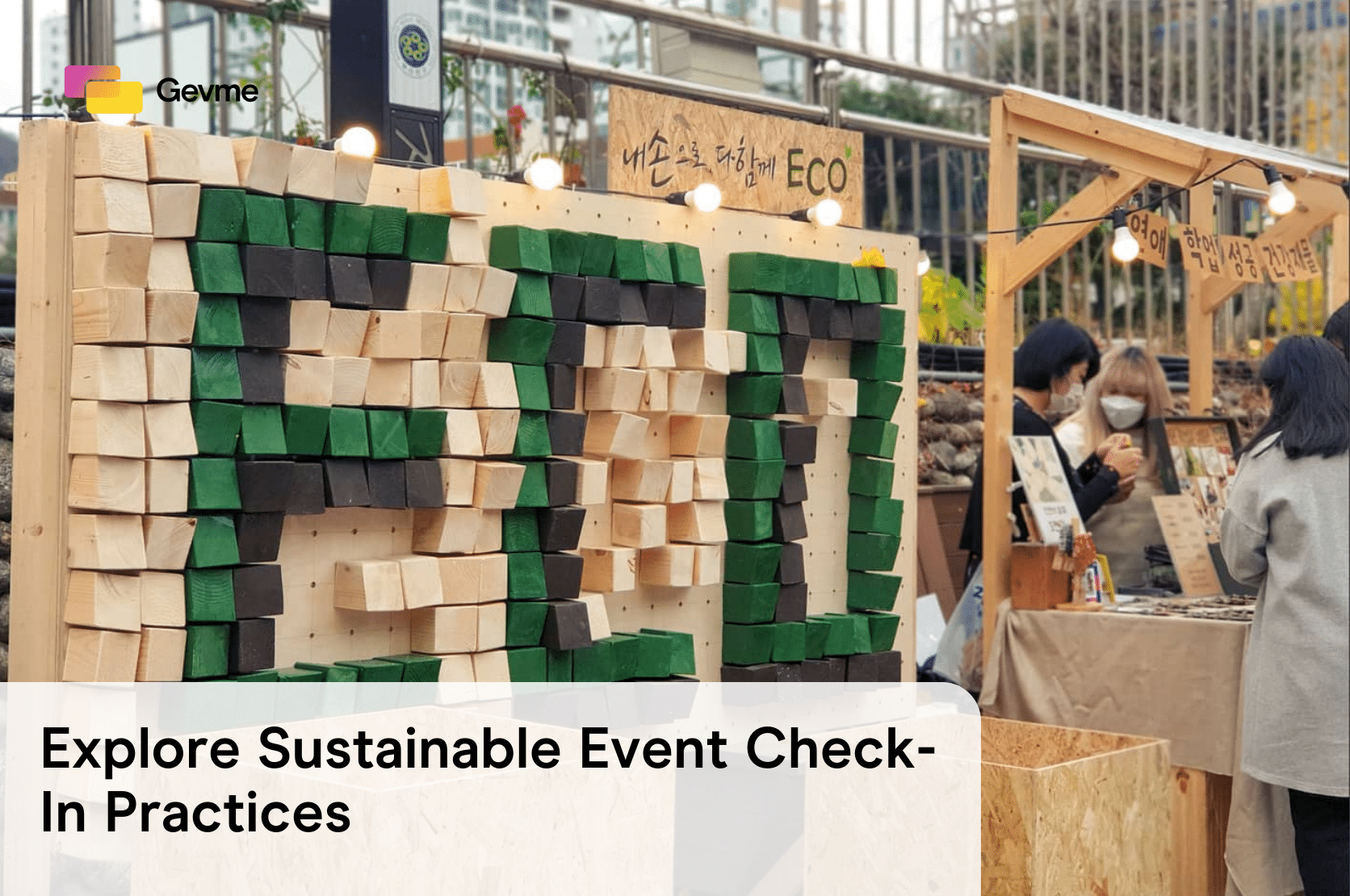From designing the best custom or modular exhibition stands to offering the most exciting or innovative exhibition services, event organisers and marketing professionals focus a lot of their energy on trying to impress trade show attendees. In the past few years, one emerging trend has been the increased adoption of beacon technology.
In simple terms, beacons are a location-based technology that utilise Bluetooth signals. According to statistics and research compiled by Kontakt.io, the overall beacon market is expected to reach 500 million units by 2021, while beacons are also available at approximately one-fifth the cost of competing real-time location systems.
In this article, we look at ways that trade shows can use the technology to woo attendees.
Faster Check-In or Registration
You never get a second chance to make a first impression, and in the case of trade shows, the first impression is often a check-in or registration process. Fortunately, beacon technology can help get your event off to a good start by greatly improving the speed and overall efficiency of this part of the day.
“A venue can place beacons at the entrance of the conference,” explains Jenna Erickson, writing for UsabilityGeek. “With the beacon-based app downloaded, the user would be auto checked in as they walk through the entrance doors. This would also help the event organizers gather information on the number of people at the event.”
Catching the Attention of Passers-By
Perhaps the most obvious and effective use of beacon technology during exhibitions is to send alerts to people when they move into a particular area of the trade show floor. Beacons can be installed in either custom or modular exhibition stands and configured to send messages to people who move into close proximity with the help of an app.
This allows event organisers or exhibiting companies to target attendees with information at the point where it is most relevant to them in much the same way that beacon technology is being used in retail settings. The notification that is sent can be a simple description of a particular stand, making it easier for the attendee to find it; or it could be a discount code or special offer, giving them a clear incentive to visit a particular booth.
Redirecting Traffic at Crucial Times
While capturing the attention of those close to a particular part of the trade show is the most common use of beacon technology, it can also be used to re-direct people at key points during the event. Deployed in this way, beacons can help to ensure that attendees don’t miss out on important moments.
For instance, if the event or trade show is on two floors and there is a competition occurring on the lower floor in 10 minutes, beacon technology can be used to send a push notification to the phones of all attendees who are upstairs, giving them time to make their way downstairs before the competition begins.
Beacons for Gamification Purposes
One of the most interesting uses for beacon technology within the events arena, especially in terms of enhancing the experience for attendees, is the role it can play in gamification. This, in turn, is important for trade shows and other events, as it can help to increase engagement while also building a positive brand experience.
Location-based gamification has exploded in recent years, with the most obvious example being Pokemon Go. Although that particular game used GPS technology rather than Bluetooth, the principle is quite similar. To provide an example of beacon technology in action in this way, the Consumer Electronics Showcase event in Las Vegas made use of beacons to create a scavenger hunt game with rewards offered to those who completed the challenge.
Facilitating Networking Opportunities
Finally, some of the best exhibition services are those that help to encourage networking between attendees. Beacon technology integrated into an event app can help to achieve this by matching attendees up, perhaps based on their interests, preferences, or field of work, and alerting them when they move close to one of their professional matches.
“Networking is one of the primary reasons why people attend events” says Devika Girish, writing for the Beaconstac blog. “Use visitor self-tagging or LinkedIn integration to match profiles based on users’ interests to send them notifications when they are in close proximity to a match.”
The Final Word
Location technology has massively grown in popularity over recent years, and beacon technology in particular has gained traction within retail and event settings. This is primarily because of the potential it offers to send alerts or prompts to people when they are most relevant, based on their proximity to the beacon itself.
When deployed effectively, beacon technology can be used to speed up and automate the check-in process, re-direct traffic at crucial moments during the trade show, add to the gamification of an event, facilitate better networking opportunities, and allow guests to receive promotional messages or special offers at exactly the right time.
Author Bio:
Reno Macri is a founder and director of a leading exhibition and event company Enigma Visual Solutions, specialising in exhibition services, event branding, event production, modular exhibition stands, and much more. He enjoys sharing his thoughts on upcoming marketing ideas and design trends. Feel free to follow him on Twitter.








